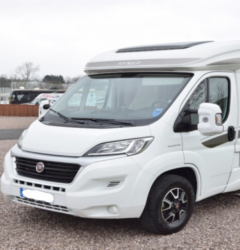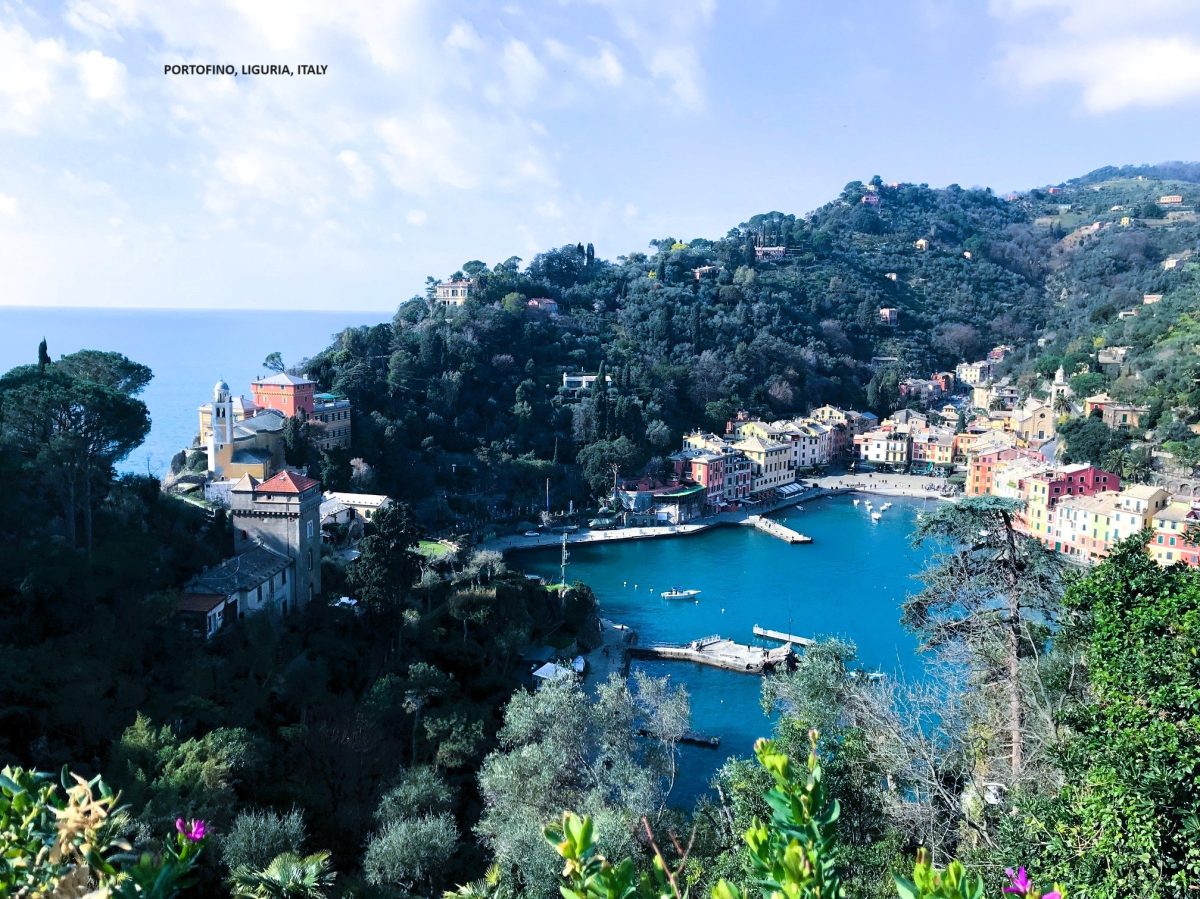Vanya chose Dienville in the Aube Department of Grand Est because, she said, she wanted to stay at Camping Le Columbier (which site has a very good write up) but, there are two champagne producing areas; one in the north around Reims, Epernay and the Valle de la Marne and another to the south-east of Troyes (the Aube) which, we have been told, produces the better grapes. As we approached Dienville, I couldn’t help but think it was perhaps the Aube champagne which was luring her to this area. No matter, it is an area that is new to the both of us and, of more interest to me, steeped in Napoleonic history.
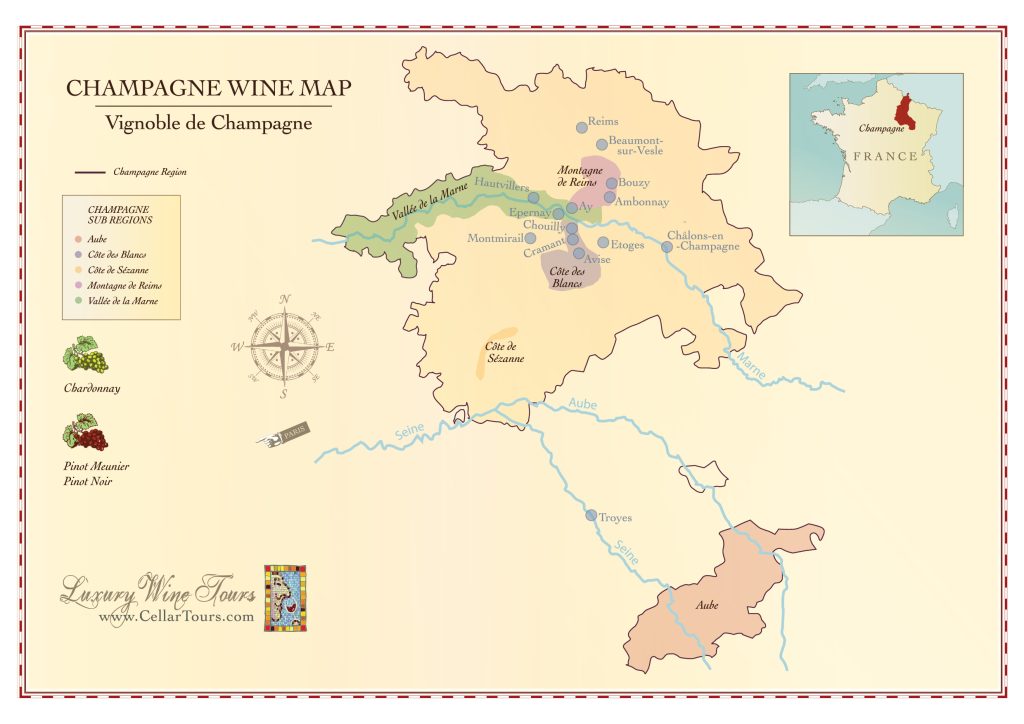
In the blog on Brienne Le Chateau I mentioned the Battle of Brienne. On 29 January 1814, while at war against the 6th Coalition, Napoleon attacked the Prussian army at Brienne and very nearly captured the Prussian General, Gebhard Leberecht Von Blucher. Three days later, having been reinforced by Austrian troops, Blucher attacked Napoleon at La Rothiere (2 kilometres east of Dienville) and forced the French Army to retreat. It could have been a great deal worse for Napoleon had one of his Generals (Etienne Gerard) not held the bridge at Dienville against Blucher’s Austrian allies. But that’s enough of Napoleon.
Camping Le Columbier is fine – a very pretty, quiet little campsite near the centre of Dienville. Dienville itself is a village with just 700 inhabitants. There’s a bar, a baker and a chemist in the village centre but not a lot else. The village grocery store closed down but there’s a small farmer’s market every Sunday morning and a Vietnames food wagon visits the village centre every Friday evening. The owner of the wagon is actually from Laos but what the hell – his Vietnamese chicken is great!
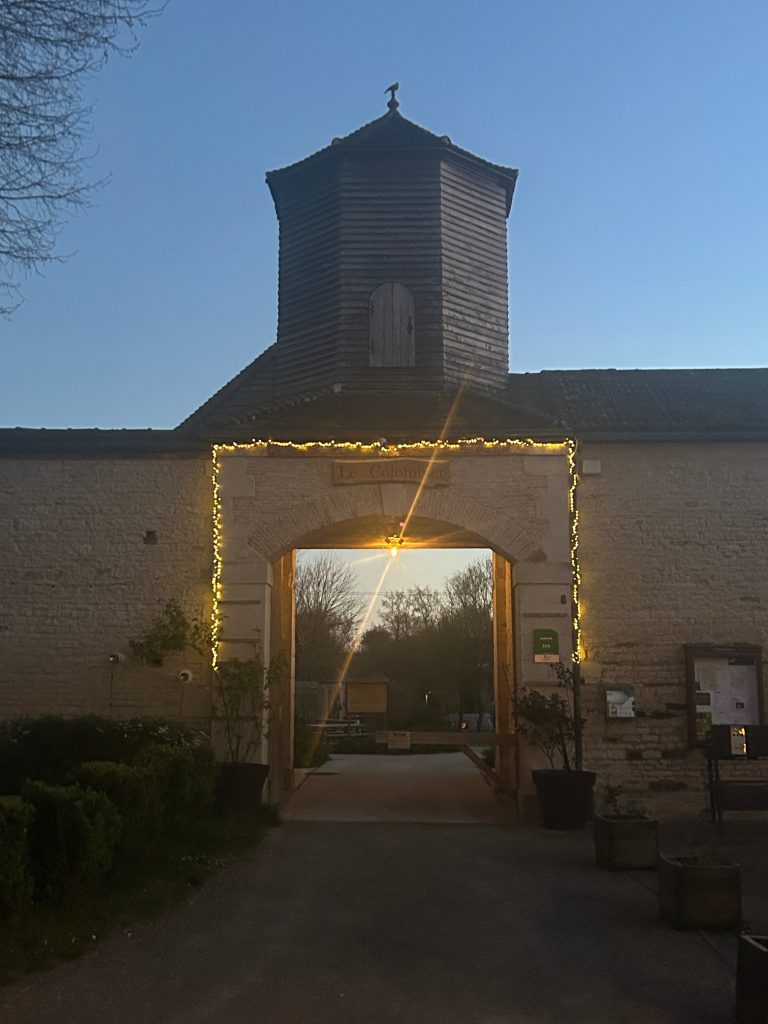
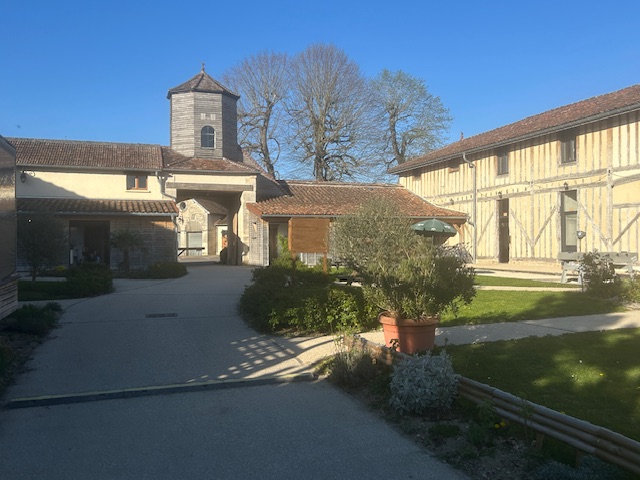
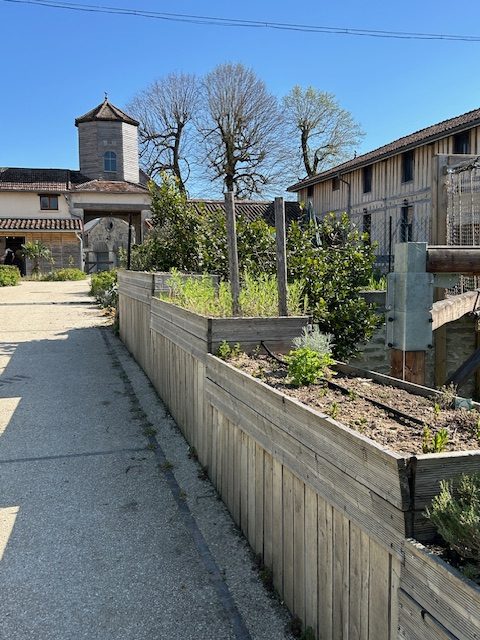
The village’s church, L’Eglise Saint Quentin, is a bit of a gem for such a small village. It has some very impressive arches and beautiful stained glass windows. It also appeared to be surprisingly well attended. Well, it was on the Sunday morning we were there.
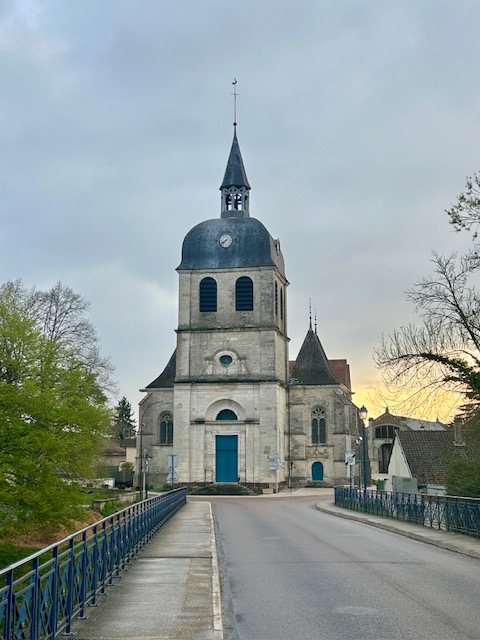

Another impressive feature of the village is the Market Hall building which is located directly behind the church and opposite the Hotel de Ville.
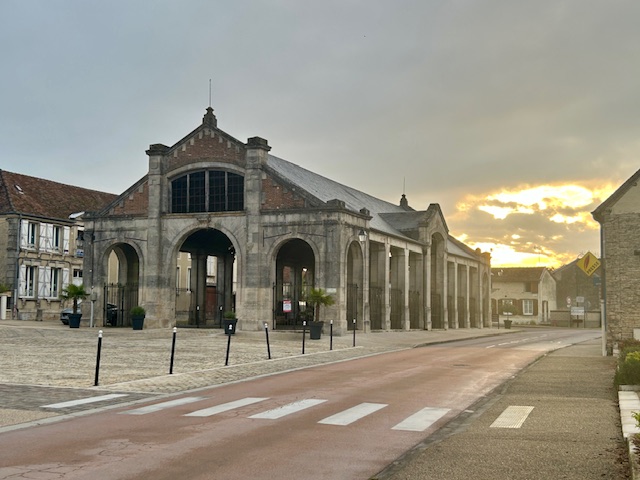
On the other side of the River Aube to the village is Port Dienville. It’s a large boating lake and leisure park at the edge of the Aube Reservoir (now known as Lac d’Amance). The reservoir was created in 1990 to regulate the flow of the Aube and Seine Rivers and the port area now comprises a burgeoning marina with a few bars and restaurants, a water sport facility and a beach area. It was fairly empty while we were there and appeared a bit of a white elephant. I hope I am proven wrong in this regard because it is a pretty area and could bring great prosperity to the village.
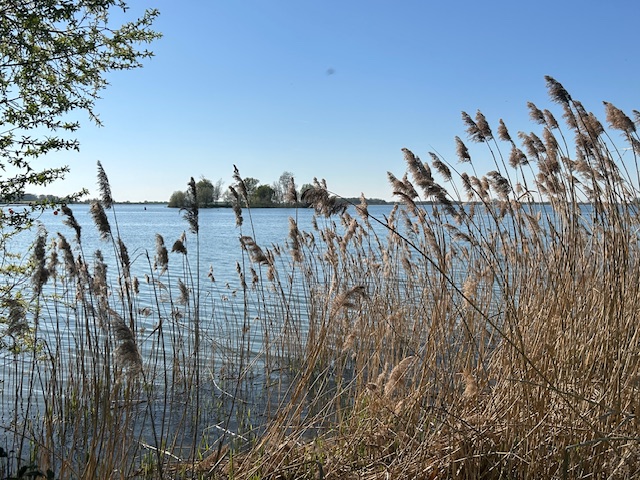
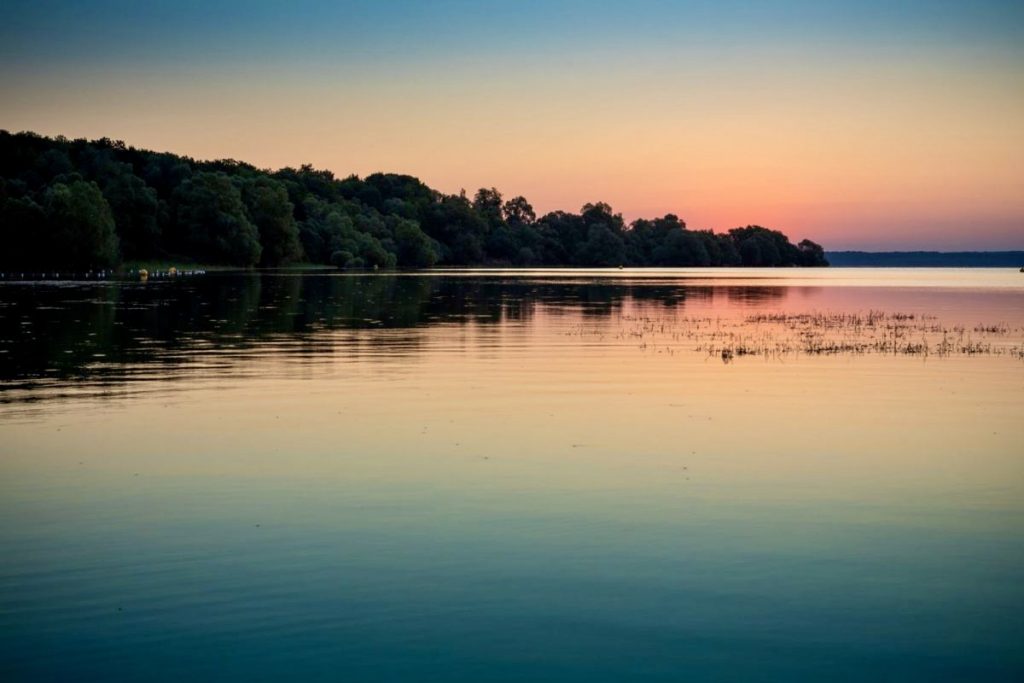
Okay, so there’s not a great deal more I would say about Dienville but there’s absolutely nothing wrong with the village and the campsite is perfectly placed from which to explore the Aube Department. We were planning on visiting Bar sur Seine (surprise, surprise – Vanya has identified a champagne house there that she would like to visit) and I would like to visit nearby Essoyes (where the artist Renoir lived out his final years).
